Bring these indoor plants out in summer for the best growth, and notice how they thrive and flourish in the natural environment!
There comes a time when indoor plants crave some warmth, outdoor air, and light, and summer is the best time to take them out to satiate their hunger!
Bring these Indoor Plants Out in the Summers
1. Philodendrons and Pothos

Botanical Name: Philodendron / Epipremnum aureum
This group of plants enjoys filtered light and the warmth of summer outdoors. While they will need more frequent watering, the outdoor environment provides ideal conditions for their growth.
Find a spot like beneath a tree or amongst the group of other plants to keep the pot of pothos and philodendrons. This way, they will be able to get proper humidity. while being sheltered from the harsh afternoon sun.
2. Cacti and Succulents
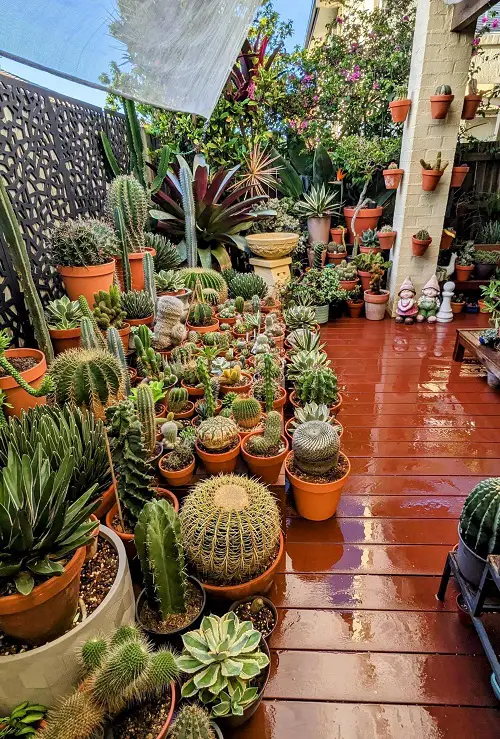
These drought-tolerant plants are well-adaptable to direct sunlight and periodic dry conditions, which are naturally present outdoors during summer.
The natural sunlight helps them grow stronger, and the alternate wet-dry cycles improve their ability to withstand dry spells.
3. Ponytail Palm

Botanical Name: Beaucarnea recurvata
This low-maintenance plant can do well outside during summer and also grows faster because of better airflow and more natural light to absorb. If the plant is mature enough, it may even produce flower stalks!
4. Croton
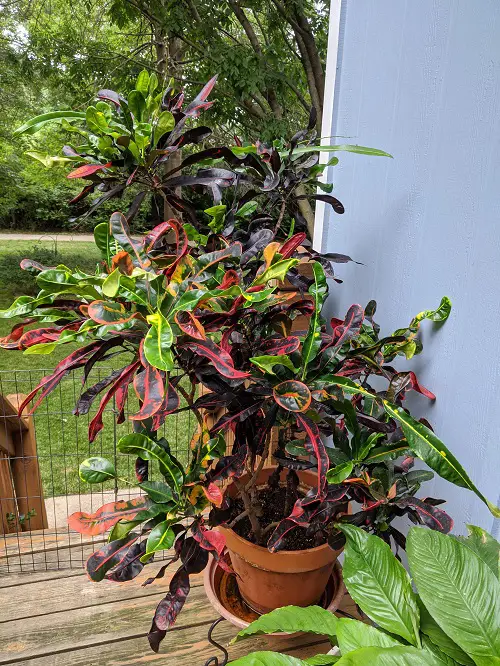
Botanical Name: Codiaeum variegatum
The leaves of this plant can become more bright and colorful when exposed to more light and humidity levels. However, you need to be more careful about its watering needs to prevent leaf drop.
Just make sure the plant is protected from the harsh afternoon sun exposure, especially if you live in a warm climate.
5. Amaryllis
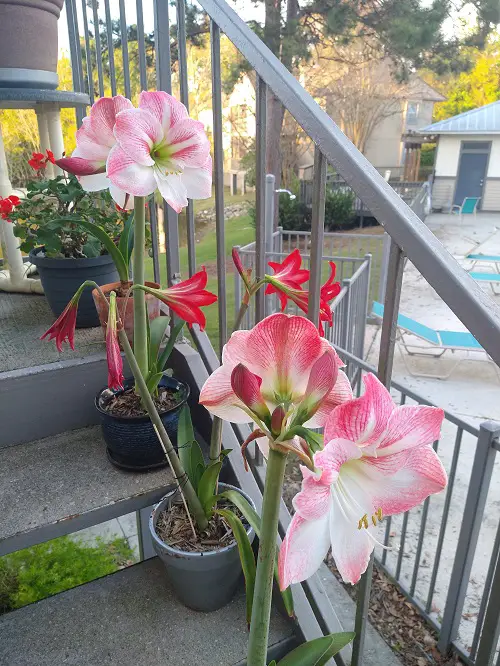
Botanical Name: Hippeastrum spp.
The amaryllis flower does well in the summer warmth, where it gets full natural sunlight. This boosts their growth and ability to bloom. However, you have to be a little careful with the sunlight exposure, so keep them at an east-facing spot.
6. Spider Plants

Botanical Name: Chlorophytum comosum
This adaptable houseplant can also thrive in summers outside, benefitting from indirect light and natural rainfall, along with plenty of natural air circulation.
The outdoor conditions prevent issues like root rot while promoting healthier and more vigorous growth.
7. Monstera

Botanical Name: Monstera deliciosa
Known for its big fancy leaves, Monsteras thrives in bright, indirect light conditions often found outdoors in summer. The increased light can lead to larger leaves and more robust growth overall.
For the best results, group 3-4 of them together in the corner, an east-facing location of the garden and you will see them thriving like they’re in a jungle!
8. Fatsias

Botanical Name: Fatsia japonica
This shade-tolerant plant can survive outdoors in cooler summer climates. It prefers environments shielded from intense direct sunlight and can withstand cooler temperatures.
9. Ferns
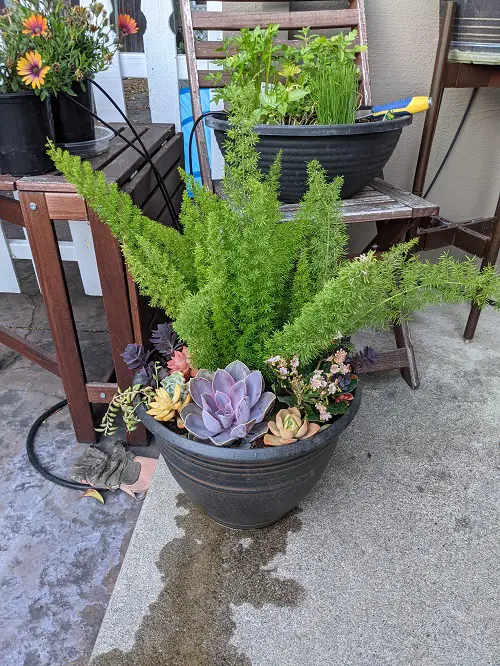
Botanical Name: Polypodiopsida
Native to moist environments like swamps and mountains in the eastern U.S., ferns can handle summer sunlight well when planted in rich and consistently moist soil.
If you have an open spot beneath a large tree or a shrub in the garden, that spot will be a haven for these beauties.
10. Coleus

Botanical Name: Solenostemon scutellarioides
Exposing Coleus to summer outdoor conditions offers multiple benefits. The increased natural light intensifies the colors of its foliage and also improves air circulation, which helps make the plant more bushy.
11. Euphorbia
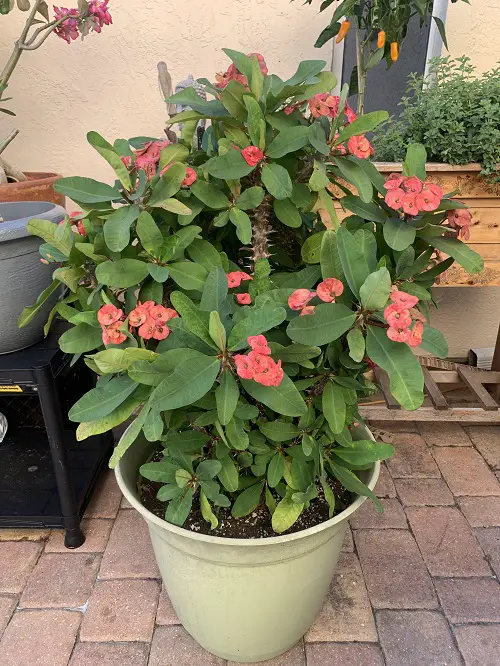
Botanical Name: Euphorbia
Placing Euphorbia varieties outdoors during summer can also be advantageous as the exposure to the full spectrum of sunlight enhances the blooming of the plant. It also helps in preventing fungal issues that can arise in humid environments found indoors but as it prefers dry soil and heat, don’t forget to provide it.
12. Caladium
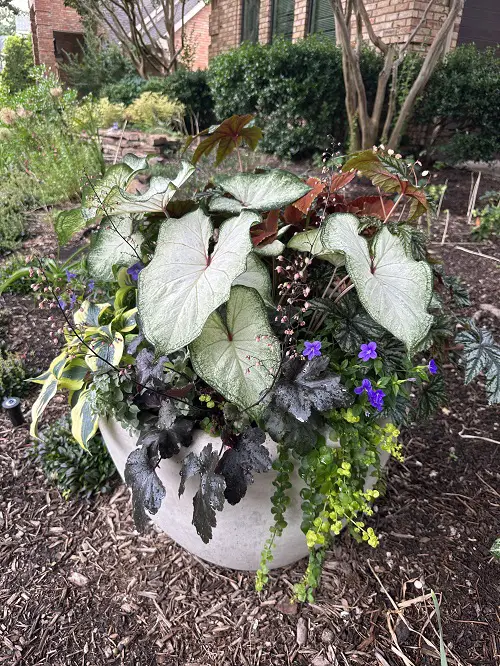
Botanical Name: Caladium
If you want to enhance the bright patterns and colors of caladium leaves, move them outdoors during the summer. The higher humidity levels promote optimal growth and lush foliage development.
Just make sure it is not exposed to direct sunlight other than the morning sun and grown with other plants.
13. Geraniums
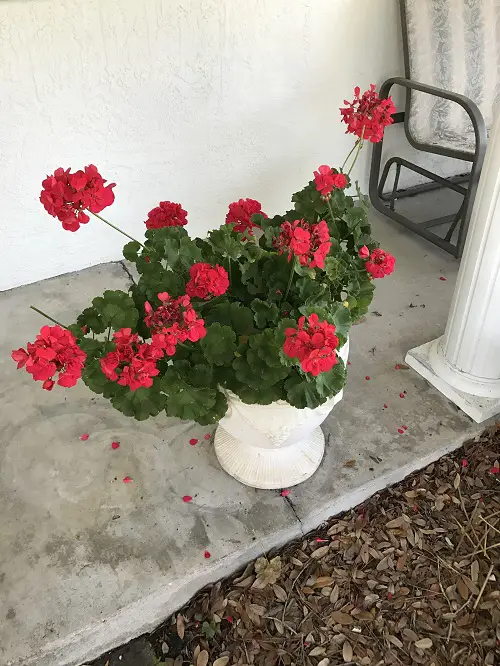
Botanical Name: Pelargonium
To make geraniums thrive to their fullest potential, placing them outdoors during the summer months is highly beneficial. The enhanced natural light exposure in outdoor settings makes the plant bushier, and it blooms abundantly.
Why Moving Indoor Plants Out is a Good Idea?
- Outdoors, indoor plants get much better air circulation and sunlight, which is crucial for their development and growth.
- Natural wind helps to strengthen the plant tissues, helping the plants to become more robust.
- The majority of indoor plants originate from tropical rainforests, and moving them outdoors within the vicinity of the other plants provides them with ample humidity.
Important Pointers to Keep in Mind While Transitioning Indoor Plants Outdoors
The first thing that you need to keep in mind is to slowly acclimate these plants to the outside environment. Do not just pick the sunniest spot and keep them there.
1. Transition them slowly by keeping them in a bright shade and then slowly putting them in the morning sunlight.
2. If you live in a warm zone (9 or above), protect the plants from afternoon sun exposure, which can burn their leaves.
3. While being outdoors, the plants may be more susceptible to pests. Keep a watchful eye to keep them safe.


